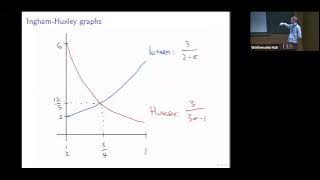Arithmetic functions | Lattice points | Unsolved problems in mathematics
Divisor summatory function
In number theory, the divisor summatory function is a function that is a sum over the divisor function. It frequently occurs in the study of the asymptotic behaviour of the Riemann zeta function. The various studies of the behaviour of the divisor function are sometimes called divisor problems. (Wikipedia).



















